We are looking forward to welcoming some of you back this week!
We are going to be focusing on Little Red Riding Hood in English and measurement in Maths for the next two weeks. We hope you have fun!
In light of this, you will need a tape measure this week! String will be handy too!
Here are the first set of tasks . . .
Look out for more in the next few days.
TASKS 1
English –
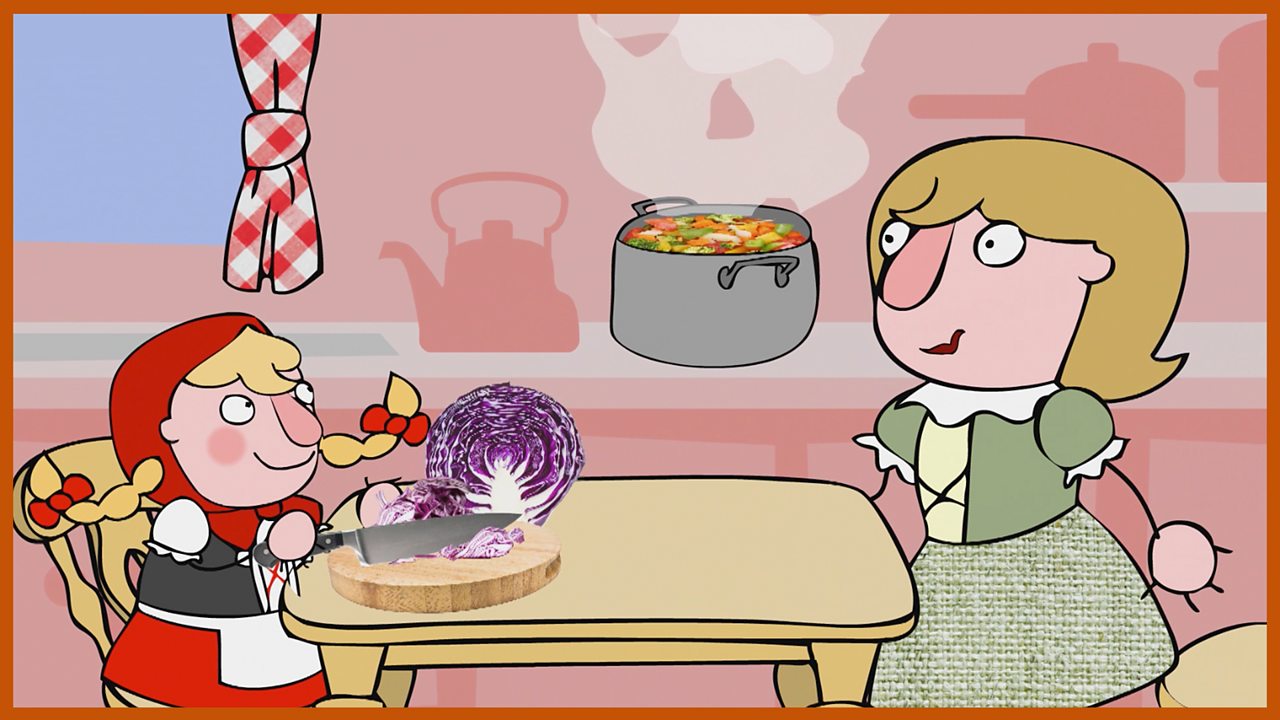
https://www.bbc.co.uk/teach/class-clips-video/english-ks1-little-red-riding-hood-pt1/zv8xvk7
Read and listen to the first episode.
The big question(s)
- Is Mrs Midgley telling the truth?
- Should Red Riding Hood be scared?
- Can you believe in something if you have not seen it / them?
- Do dreams ever come true?
Vocabulary to discuss pigtails, spire, supper, fir cones, tall stories, lull her to sleep
Little Red Riding Hood loves red…red clothes and red food.
Choose a colour (maybe your favourite colour) and draw and write a list of food that you’d buy or put in your basket. Use red if you find it hard to imagine a new colour.
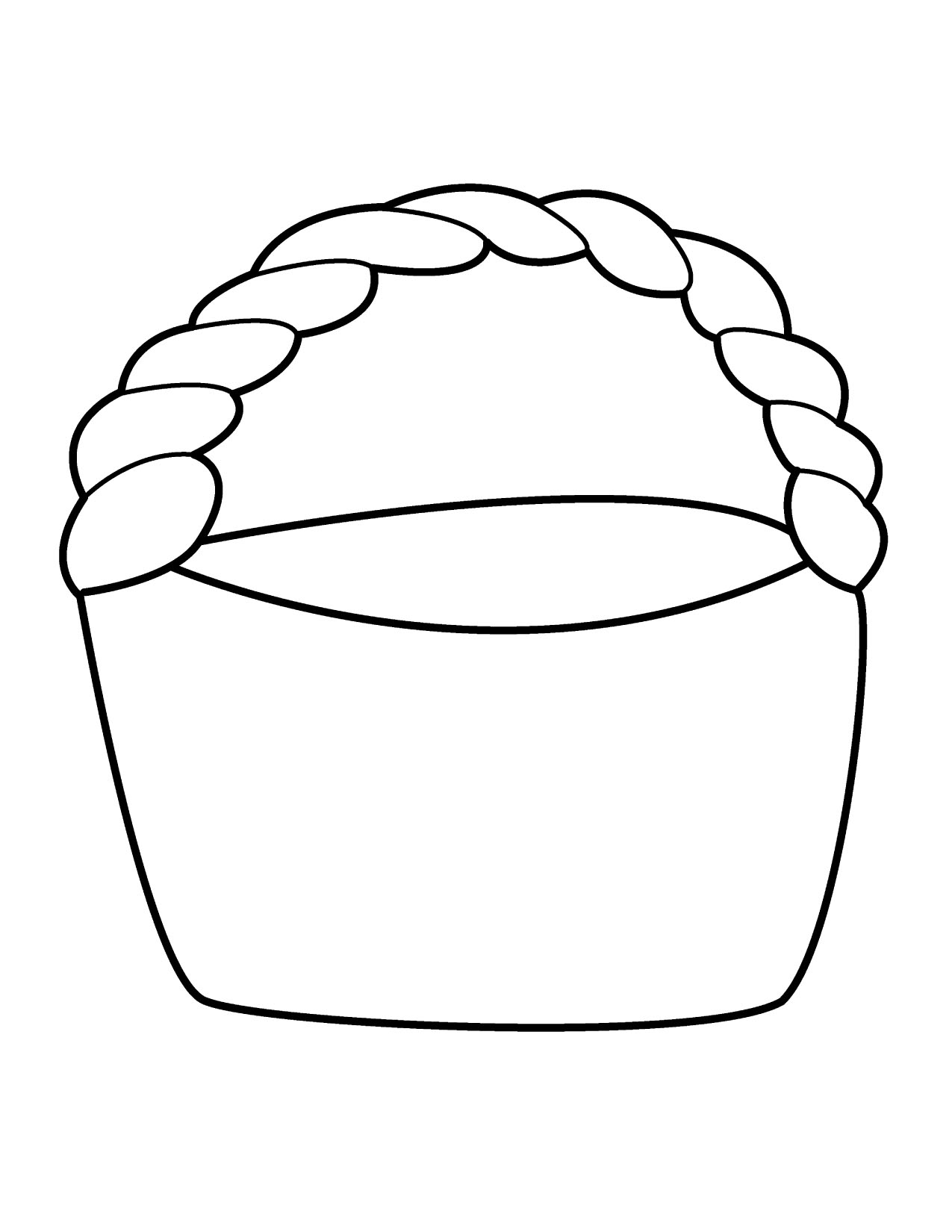
If you are feeling creative . . .
There is a lot of conversation in this episode so children may benefit from some hot-seating activities.
Hot-seating is when one person acts as a character from the story and other people ask them questions. They have to answer as if they were that character (in role!)
So one of you could dress up as Little Red Riding Hood! A red tea-towel over your head would be enough!
The other thinks of questions to ask her such as . . .
- Why do you like red so much? (Make up the answers in character – “Because it’s my favourite colour! It’s so bright and striking and everyone can see me coming!”
- Who do you live with?
- What do you think about Mrs Midgley’s wolf story?
Then you could swap over and change characters! Could one of you be Mrs Midgley? The wolf? Ma?

Maths- Measurement! Social distancing.
This week we are focusing on length.
Length can be the distance between two points.
In order to keep ourselves safe, the government have given us special rules.
Look at the pictures below and discuss them. Which rule is being shown? What can you see? What do you notice? What is it showing? Do you have any experience of doing this? Have your parents? PSHE considerations – how did it feel?
(We anticipate that some of the words the children use may be – “a part, gaps, room, moved away, spread out, not touching, a long way, queues, lines, waiting, arrows.” These are non-standard words for length and distance. They might use some standard words such as metres, centimetres, miles etc.)
/cloudfront-us-east-1.images.arcpublishing.com/expressandstar.mna/JCAWYUNE5BGPXGJAOIOZFKI3NQ.jpg)
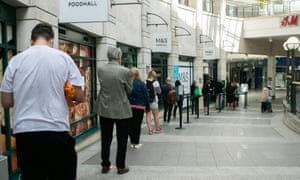

You better be safe! You better be smart!
Jump on the broom but stay two metres a part!
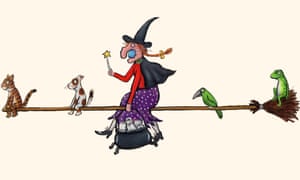
So what does 2 metres mean? What does it look like? What could you use to show me?
Use a tape measure or metre stick (you could create a metre stick by measuring out a stick 1 m long or some string) to measure out two metres on the floor.
Problem solve using a 1 metre stick to measure 2 metres by doubling the length!

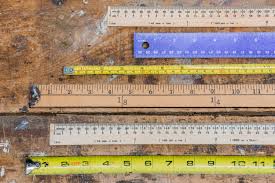
Collect a pile of you child’s toys.
We need to make social distanced queues using the toys. Each toy must be two metres apart!

Have different amount of toys in each pile. Which queue is the longest? Which is the shortest? Compare them; using the language of shorter and longer. How long is each queue – count in twos. This queue is 14 metres long.
Record their queues on a piece of paper. How can you illustrate that there is two metres between each toy? (Arrows and labelling 2 metres.)
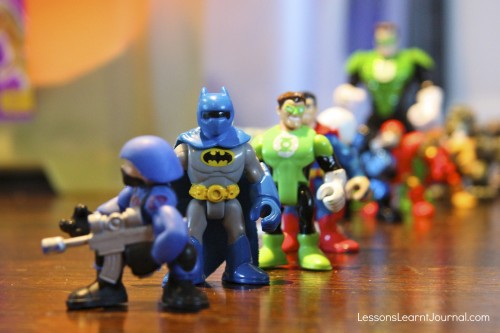
Remember to count and order numbers with your child every day too! Write numbers on small pieces of paper or use the number pebbles we made a few weeks ago!
Listen to and join in with counting songs to 100.
TASKS 2
If your child enjoyed role-playing in Task 1 why not act out the whole story!
This is a great way to retell, remember and discuss the characters.

English-
Watch the second episode of Little Red Riding Hood
https://www.bbc.co.uk/teach/class-clips-video/english-ks1-little-red-riding-hood-pt2/z6bdt39
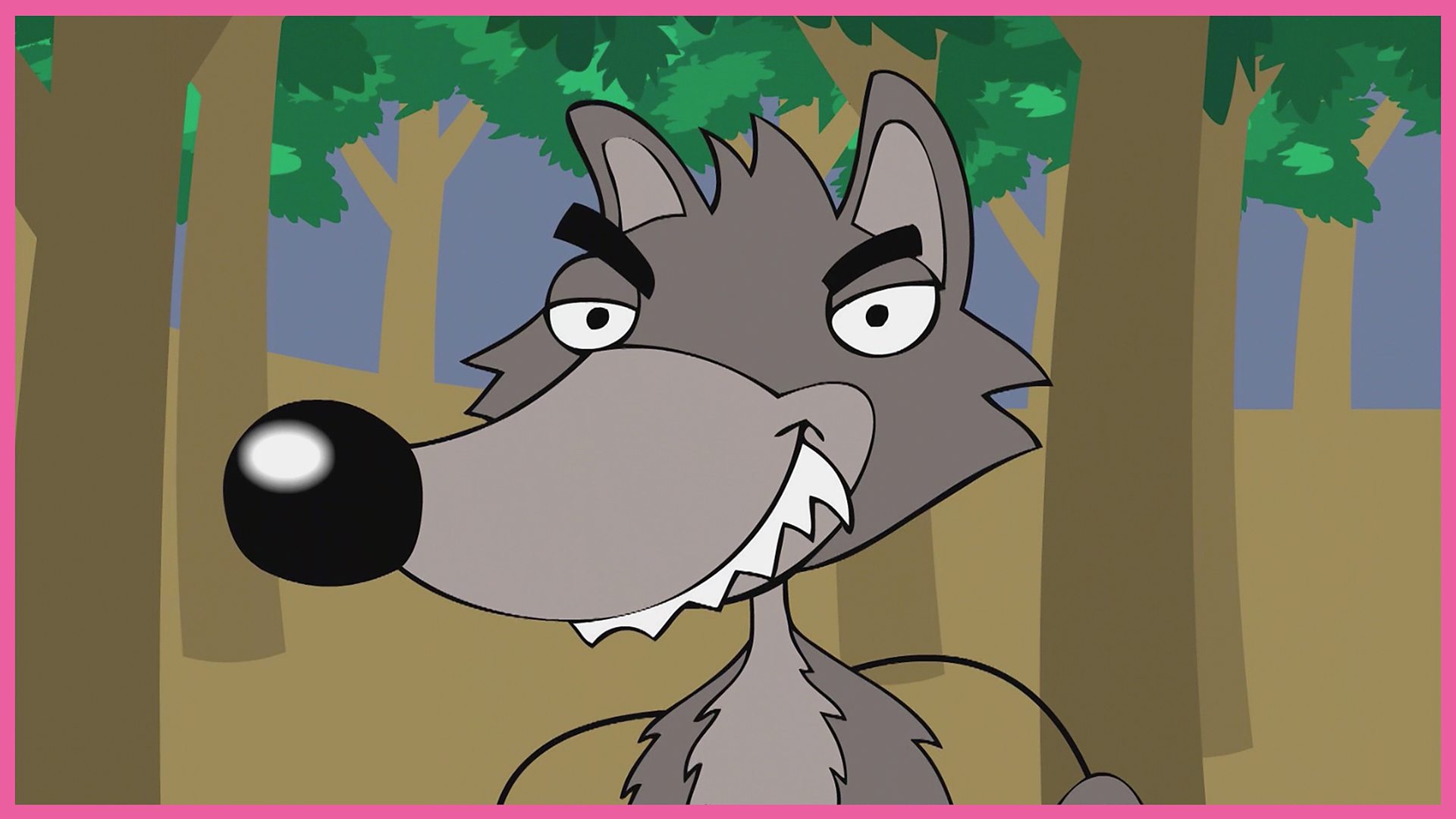
The big question(s)
- Can you ever trust a Wolf?
- Do you feel sorry for the Wolf?
- Is it ok for anyone to be that hungry?
- Who do you need to keep a close eye on?
Vocabulary to discuss
restful, moonbeams, I presume, delissh, lunged, yelp, ruins, ointment,
distant chiming
Time to see the vet!
- Get into pairs (you can do this at home with somebody!)
- One of you is the Wolf and the other is the vet.
- The Wolf needs to tell the vet what has happened to his nose – you can decide if you want to tell the truth or make up a different reason for your sore nose.
- The vet will need to tell the Wolf how he can get better – you might want to think about an interesting treatment for the Wolf.
- You do not need to write this down – have some fun talking!
But if you do want to extend it:
Write some speech for the text in the speech bubbles:
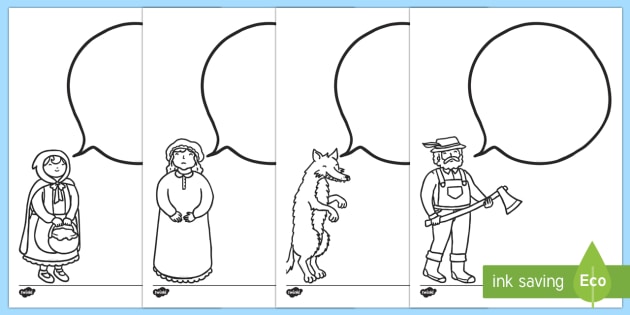
Some reading and writing challenges:
Read and write the sentences below and add some more interesting words or detail to improve them.
- The Wolf saw a hedgehog.
- The hedgehog was scared.
- The Wolf looked for food in his house.
- The Wolf saw a girl.
Remember to use punctuation and apply your phonic knowledge!
If you are in need of a challenge . . .
Look at some images of Little Red Riding Hood made by artists and write sentences about them.
Here are some to inspire you . . .
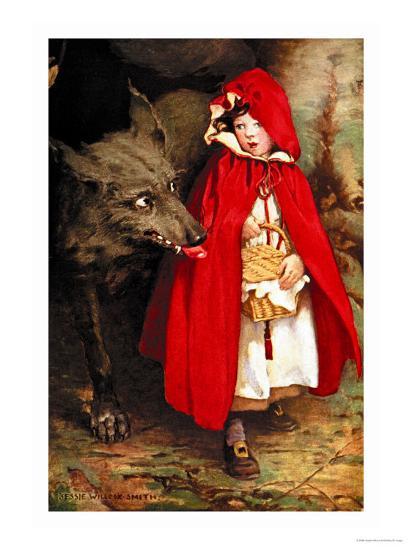

If you want to…
Game 2 Tic Tac Toe
https://www.youtube.com/watch?v=PAdVemhAY-Y
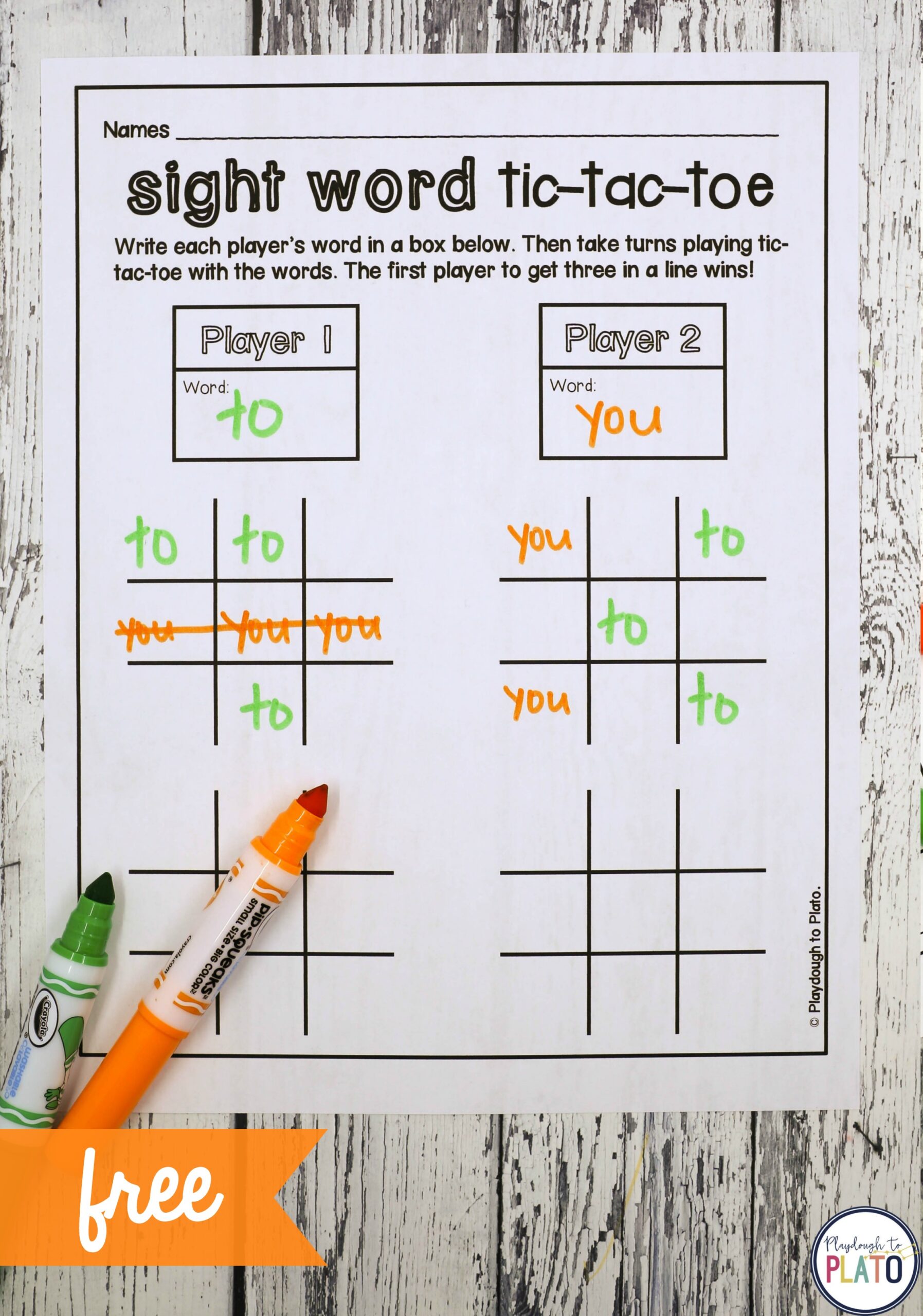
Pick 2 sight words one for you and one for your child. Take turns writing the word until someone has 3 in a row.
MATHS
Set up queues outside of your child’s toys – some 2 metres apart and some not!
We need to check that they are socially distancing appropriately!
Children to practise measuring out 2 metres in between each toy.
Use language such as, “This is further than 2 metres. This is shorter than 2 metres. This is only a 1 metre distance.”
Use chalk on the ground to mark 2 metre intervals.
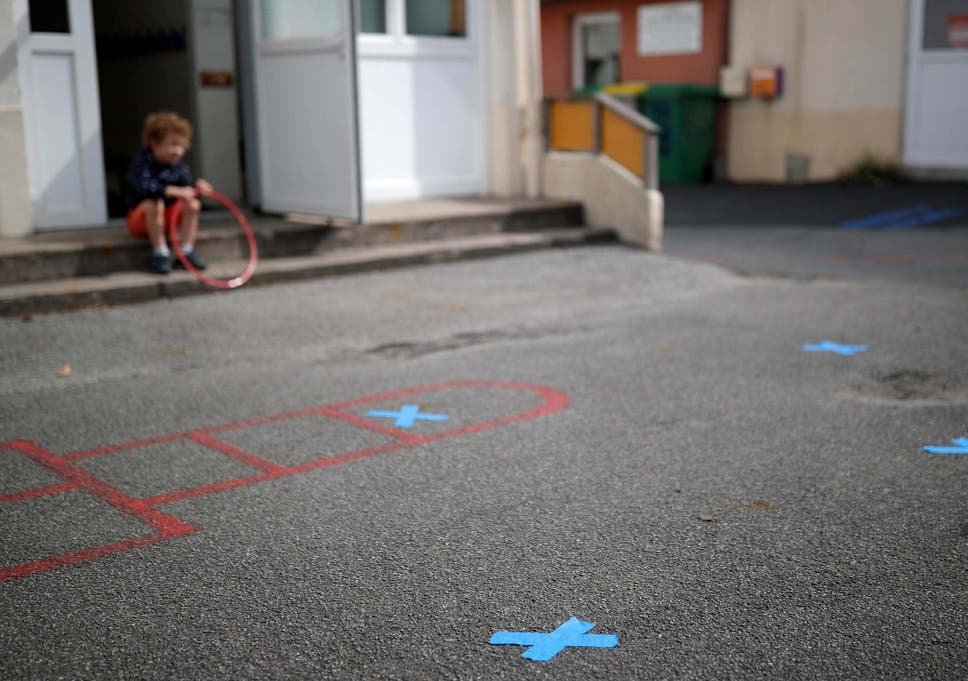
Remember to keep playing lots of mathematical board games!
Use ones you have at home or print them off . . .

A really good learning activity would be to make your own snakes and ladders board as it involves writing numbers in order to 100. If you are feeling really clever start at 100 and write backwards to 1!

https://www.instructables.com/id/How-to-Make-Your-Own-SNAKES-LADDERS-Game/
We think these should keep you busy!
Remember practice makes perfect! Revisit our older posts if you want some other Maths, English or spellings.
